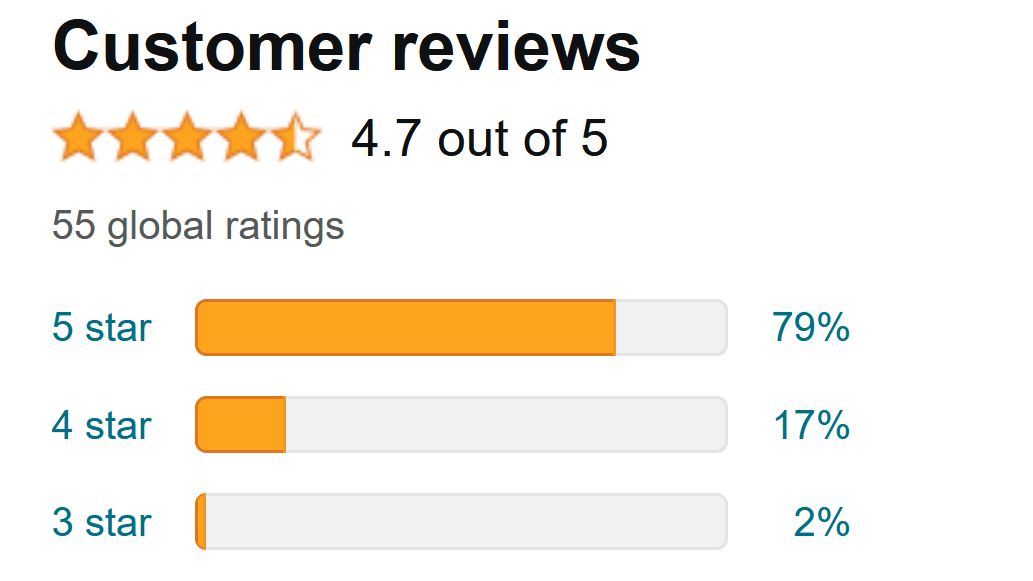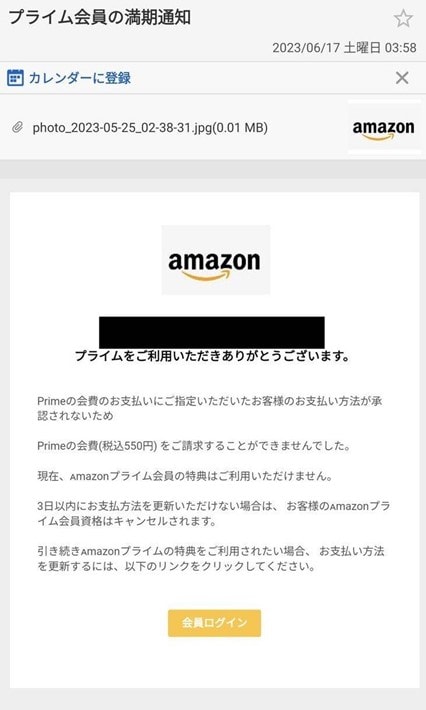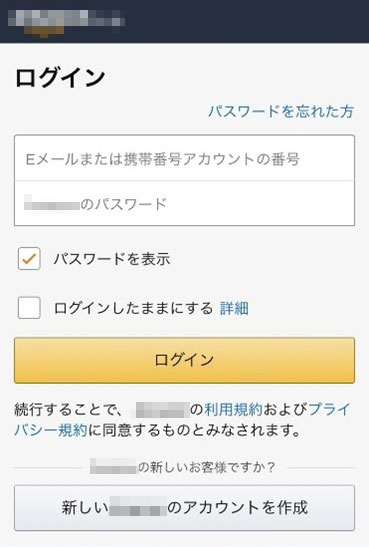You can’t trust every product that has a lot of 5-star reviews on Amazon. Many of them do not have 100% genuine reviews.
Fake reviews are common on all online services, and Amazon is no exception. Although we are a bit careful, you can skim through the fake reviews and make a sound purchasing decision based on the genuine reviews.
The truth is, less popular sellers need reviews to launch new products. No matter how good the product seems, no one will try a product that has zero or few reviews on Amazon. Therefore, sellers buy fake reviews in order to get an early boost or occasionally use fake reviews to maintain the freshness of their products. Sellers may even go out of their way to purchase negative fake reviews to deter direct competitors from competing.
If you don’t want to fall for such practices, we can help you identify fake reviews on Amazon by understanding how they work and what the important perks are.
How do Amazon fake reviews work?
Before we explain how to spot fake reviews, it’s good to know how the fake review market works. Fake reviews make it easy to buy low-priced, free or discounted products online. Amazon has been cracking down on this behavior for years. Websites offering such services and even individual fake reviewers were sued. However, it is impossible to completely eliminate fake reviews, and sellers and fake reviewers always find mutual grounds to continue this practice.
Look at websites like Reviewsub and Amzon Review. They allow anyone to buy fake reviews cheaply or for free in exchange for their own fake reviews. Even if these websites are shut down, no one can stop sellers and fake reviewers from striking deals privately or on social media like this Facebook group .

Unverified (product not purchased) fake reviews used to be common, but Amazon now forces all unverified reviews to the bottom by default, making them less impactful. Therefore, to add a fake review, the reviewer must have purchased the product. Typically, if the reviewer charges an additional fee, we will return the item to the seller after the review. However, sometimes fake reviews are offered in exchange for free products or deep discounts on products.
Fake reviews are actually a side hustle for these reviewers, as they review dozens of products each month and usually have no personal interest in those products. This allows reviews to follow an identifiable pattern and anyone with some knowledge can tell them apart from genuine reviews. We use the same patterns and more to identify fake reviews. Let’s check them out.
Note: The identification methods below cannot independently confirm that a review is fake. To find out if a review is fake or real, you need to combine them.
common tone
Fake reviewers usually review products in a general tone because they don’t know much about the product’s specialty. Therefore, they use words like “good”, “great”, “amazing”, “worth the money” to describe the product. Some of the more advanced reviewers will dig deeper, but ultimately they won’t add information that isn’t already in the product description.
review length
Fake reviews are short, often less than one line, or at most one or two paragraphs. Fake reviews are not very long because the reviewer is inexperienced with the product and has to write multiple reviews. Also, if a seller is only interested in a quick 5-star rating and doesn’t provide much incentive to reviewers, they will leave very short and generic fake reviews.
Review rating
Sellers always instruct reviewers to leave a 5-star or 1-star rating, depending on whether they want a positive or negative review. It is necessary to give these ratings because they affect the overall rating. Most real reviewers will leave the same rating, so it’s not a good idea to let go of fake reviews, but it’s worth considering in conjunction with other methods.
Find similar reviews
Many sellers provide templates for fake reviewers to write reviews. If you notice multiple reviews emphasizing the same information, just worded differently, it could be a fake review.
broken english
Many fake reviewers are located in third world countries and do not speak English as their first language. If you see multiple reviews with broken English, the seller may be paying you for those reviews.
Check timestamp
This is a very good way to spot fake reviews, as sellers usually ask multiple people to give fake reviews at the same time. Such service providers offer packages of 50 or 100 fake reviews for a product at a set price, and these reviews are usually done in quick succession. Set your review filter to “Latest” and scroll down. If you see a large number of 5-star or 1-star reviews posted within a short period of time, such as 1-3 days, those reviews may be fake.
Check reviewer history
It’s not practical to go through each reviewer’s profile to see if they’re fake. However, if a particular review stands out and directly influences your decision-making, it may be worth checking the reviewer’s history. Below are common items you should look for on a reviewer’s profile to see if they are fake.
- Reviewers consistently review 5 or more products per week.
- Reviewers always give a 5-star or 1-star rating.
- All reviews are of similar length.
- All reviews should use a general tone without getting into technical content.
If a reviewer’s profile includes more than one of the above tips, it probably means they are providing a fake review and you should not trust the review.
Use fake review detection websites
Many websites use algorithms to scan reviews for specific Amazon products and can detect fake reviews and provide more information about them. These services aren’t always 100% accurate, but they can give you a good idea of what kind of problem you’re dealing with before investigating your product for fake reviews.
I like Fakespot and thereviewindex for this purpose as they allow detailed analysis of all reviews. Copy the full URL of a product on Amazon and paste it into the search bar of those websites to get the analysis. Here’s the information you can get from both websites:
fake spot
Depending on the probability of fake reviews, Fakespot gives the searched products a rating from A to F. A and B ratings are usually not a cause for alarm. This means that at least 80% of the reviews are of high quality. The reviewer has no suspicious history. However, ratings below this threshold raise suspicion and you should personally investigate the reviews.

Similar to products, Fakespot also gives ratings to product sellers based on all the products listed. If a seller frequently buys fake reviews of their products, Fakespot can tell whether the seller is trustworthy or not. If both the seller and the product have negative reviews, it’s almost certain that the reviews have been manipulated.

If you want more intuitive access, you can also install the Fakespot Chrome extension.
review index
It generates reports on demand rather than an updatable index like Fakespot, so it can be a bit slower, but it does provide a detailed analysis of your reviews. This website has a spam test section that checks for fake reviews based on five factors. This includes the number of reviews per reviewer, fast reviewers, inactive reviewers, unverified consecutive reviews, and duplicate reviewer history.

As you might expect, reviewindex doesn’t help detect fake reviews. It actually detects fake reviewers. So, if you find many alerts in the spam section, fake reviewers will review the product.
The website also has a review summary section where you can create custom categories from review content to learn about different aspects of a product. For example, categorize reviews by compatibility, ease of use, space, reliability, durability, price, returns, and even specific built-in features of the product.
If you want to quickly open the analysis directly from the Amazon page, thereviewindex also has a Chrome extension .
Don’t forget to report false reviews
The above information is enough to detect most fake reviews. If you see a fake review, don’t forget to report it so we can take action. If your report is accepted, Amazon will remove the review from the product to prevent others from being fooled by it. Amazon may also block a seller if it detects too many fake reviews for a product.
Reporting a review is easy. Click the Report Abuse button at the bottom of the review and review the report in a new window that opens.

end of thought
As mentioned earlier, identifying fake reviews on Amazon requires a combination of the above tips. We recommend searching for products on Fakespot or thereviewindex first to get an idea of what kind of products and sellers they carry, and when in doubt, judge the reviews personally.
Additionally, we recommend filtering reviews by 4-star or 3-star ratings. These reviews are the most important about the product’s features and usually do not include fake reviews.
If you are a product or business owner, you need to get real people to review it or hire testers.




![How to set up a Raspberry Pi web server in 2021 [Guide]](https://i0.wp.com/pcmanabu.com/wp-content/uploads/2019/10/web-server-02-309x198.png?w=1200&resize=1200,0&ssl=1)












































